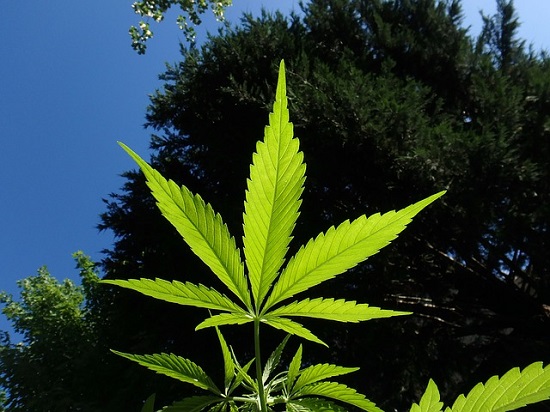So, when you want to find out if a beer is tremendously hoppy, or high in gravity, you turn to Amazon or Google to get customer reviews. Right?
You can even determine if others experience the same side effects to the antibiotic or antidepressant you’re taking.
But because of pesky legal restrictions, you don’t have that same freedom when it comes to learning about a specific cannabis strain or product from reviewers.
Which leads an inquiring mind to wonder, then just how can cannabis companies provide transparency?!
Ah, the Mighty Budtender
Nobody wants to get screwed out of their money from buying product that doesn’t suit their needs.
Plus, with consumers still reeling from the terrible events of Vape-Gate early this year, they’re increasingly concerned about getting screwed out of their lives.
Although those events were the result of illicit, black market marijuana being cut with vitamin E acetate, it put fear into the heads of many that all marijuana is life-threatening.
Thus, bud tenders have had to spend a lot of time clearing this up. But it hasn’t stopped there. Because of the aforementioned restrictions on the internet, budtenders are often the sole source for every cannabis question.
But come on.
That’s a heavy load to put on the budtender. Even if they bear an encyclopedic amount of information on their inventory, it’s impossible for them to know every new product hitting the shelves.
Furthermore, customers have vast needs. A newbie is going to need a basic starter education, while experienced consumers will seek info on new products. Forget about the consumers who have medical questions.
Then there’s the fact that not everyone is going to feel copasetic about asking budtenders for help. Sure, some of them are of the same ilk who balk at the idea of asking for directions.
But some experienced consumers may simply have a quick question that doesn’t warrant waiting in a long line to ask. Others might have questions about a health or medical issue and aren’t comfortable airing their “dirty laundry” to a stranger.
So besides working with cannabis marketing and public relations professionals to build a positive reputation in the community, what’s a business to do?
How Do Cannabis Companies Provide Transparency?
It became clear that budtenders alone could not, in good conscience, be strapped with the daunting job of educating consumers.
Even so, cannabis companies knew they had to distinguish themselves from the black market. And to do this, they had to have comprehensive educational resources about the safety of their products that was easily accessible to consumers.
The law was making it impossible to create a centralized database of specific cannabis information.
Yet there was no law that prohibited cannabis companies from providing a QR code on their packaging. So that’s what they’ve done.
Cannabis and the QR Code
If you’re unfamiliar, a QR code is a mottled mostly black and white square that you’ve probably seen at some point on a sign or product label and asked, “What’s that?”
When you scan your smart phone over it, you can get specialized content that’s not available on the sign or label.
QR codes provide a self-service solution for cannabis customers to find the product information they need including dosages, product effects, lab test results and consumer reviews. And all it takes is a smart phone.
Incorporating QR codes has been an intuitive, efficient, and streamlined solution to get product information to consumers. It offers them educational resources that make them feel more intelligent and empowered by their decisions.
And in return, cannabis brands and businesses capture data on customers – eliminating the need for a centralized database.
It’s been a win-win for everyone.
Finding Simple Solutions
How cannabis companies provide transparency through QR codes was a stroke of genius. And such a simple solution.
And if you currently own a cannabis business and are looking for simple solutions for your marketing and public relations needs, contact us today.
